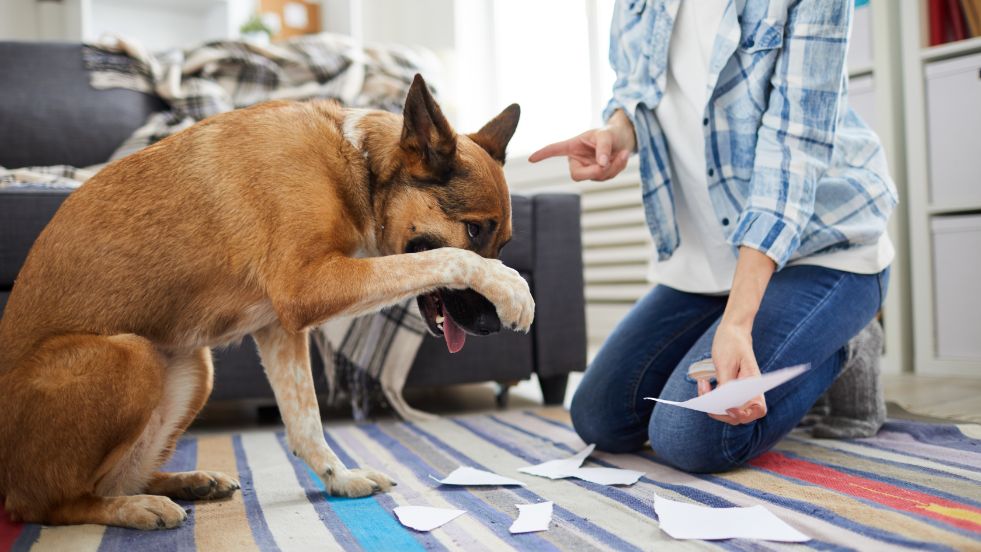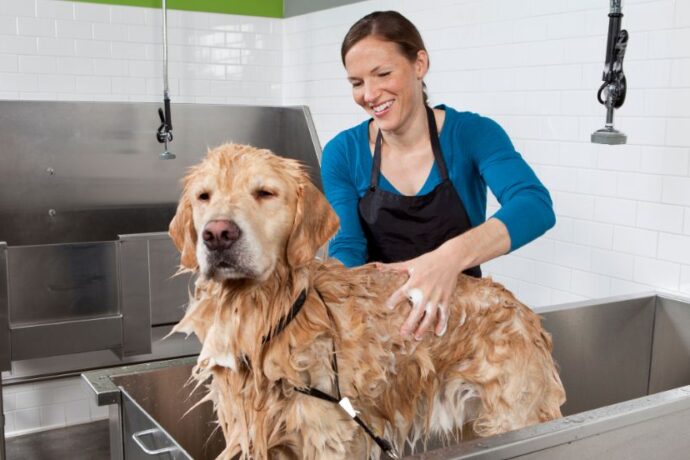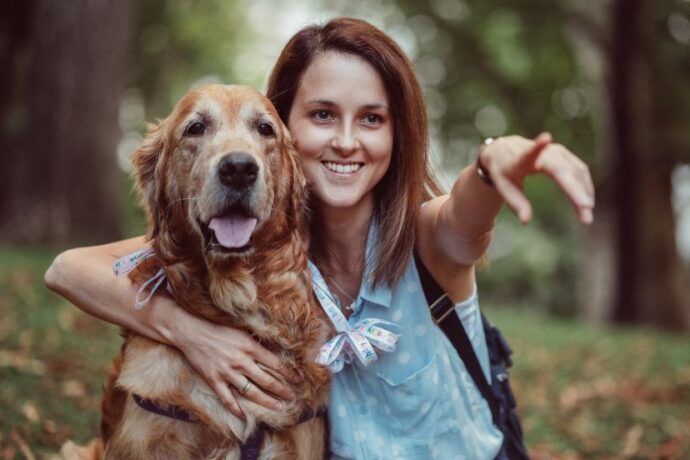Training your dog is one of the most rewarding parts of pet ownership—but it can also be one of the most misunderstood. Many loving dog parents unknowingly make small mistakes that can lead to big behavioural issues over time. Whether it’s inconsistency, poor timing, or miscommunication, these errors can confuse your dog and make training less effective. Understanding what not to do is just as important as knowing the right techniques.
Let’s uncover the 7 most common dog training mistakes that might be holding your pup back—and how you can correct them for calmer, happier behaviour.
1. Inconsistent Commands and Rules
Dogs thrive on consistency. If one day you allow your dog on the couch and the next day you scold them for it, they’ll quickly become confused. According to a 2019 study in Applied Animal Behaviour Science, inconsistent cues can lead to stress and slower learning in dogs (1).
Fix: Use the same words, tone, and rules every time. Make sure all family members follow the same training guidelines so your dog receives a clear, unified message.
2. Using Punishment Instead of Positive Reinforcement
Yelling, leash jerks, or scolding might seem like a quick fix, but they often do more harm than good. Research from the University of Porto (2020) found that dogs trained with aversive methods showed higher stress levels and lower obedience compared to those trained with positive reinforcement (2).
Fix: Reward the behavior you want to see—treats, praise, or playtime go a long way. Positive reinforcement strengthens trust and encourages your dog to repeat good behaviors.
3. Expecting Results Too Quickly
Training takes time, especially with puppies or rescue dogs adjusting to new environments. Expecting instant obedience can lead to frustration for both you and your pet.
Fix: Set small, achievable goals. Focus on progress, not perfection. Short, regular sessions (5–10 minutes a few times a day) work better than long, exhausting ones
4. Skipping Socialization
Many owners focus on teaching commands but forget about social exposure. Dogs that aren’t properly socialized between 3 and 16 weeks old can develop fear, aggression, or anxiety later in life.
Fix: Expose your pup gradually to new people, animals, environments, and sounds. Pair these experiences with treats or praise to build positive associations.
5. Poor Timing During Training
Timing is everything in dog training. Rewarding or correcting behavior even a few seconds too late can confuse your dog about what they did right or wrong.
Fix: Deliver rewards or feedback immediately after the behavior occurs. For example, if you’re teaching “sit,” give the treat the moment your dog’s bottom touches the ground.
6. Neglecting Mental Stimulation
A bored dog is a mischievous dog. Without mental challenges, dogs often resort to destructive behaviors like chewing or digging. Cognitive enrichment is just as vital as physical exercise.
Fix: Incorporate puzzle toys, scent games, or obedience challenges. Studies in Frontiers in Veterinary Science (2021) show that mental stimulation reduces stress and improves problem-solving in dogs (3).
7. Forgetting That Every Dog Learns Differently
What works for one breed or individual dog might not work for another. Training approaches should be tailored to your dog’s personality, breed, and motivation level.
Fix: Observe your dog closely. Some dogs respond better to treats, others to toys or praise. Adjust your techniques to fit your dog’s learning style and emotional needs.
FAQ’s Frequently Asked Quetions
1. How long does it take to correct a training mistake?
A. It depends on the behavior and how long it’s been reinforced. With consistency and patience, most habits can improve noticeably within a few weeks.
2. Is it ever okay to use punishment in dog training?
A. Experts generally advise against physical or verbal punishment. It can create fear and break trust. Instead, use gentle redirection or remove attention when your dog misbehaves.
3. Can older dogs still learn new behaviors?
A. Absolutely. Dogs of any age can learn—though older dogs may need more time and patience. Positive reinforcement and short, consistent sessions work best.
Conclusion: Train Smarter, Not Harder
Successful dog training isn’t about dominance—it’s about communication, patience, and understanding. By avoiding these common mistakes and embracing science-backed, positive methods, you’ll not only improve your dog’s behavior but also strengthen your bond. Remember: a well-trained dog isn’t just obedient—they’re confident, relaxed, and happy.
References:
1. Visual perception of emotion cues in dogs
2. Does training method matter? Evidence for the negative impact of aversive-based methods
3. The New Era of Canine Science











